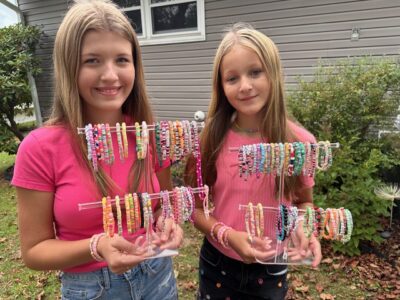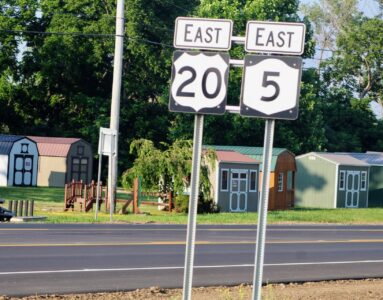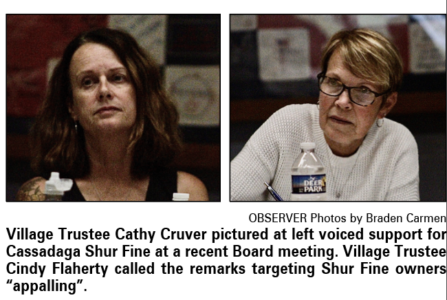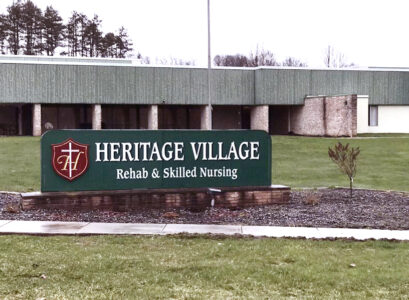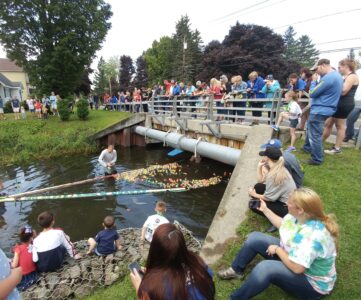Dunkirk buoy brings science, fishing together

Photos by Brian Haas Dunkirk GLOS Buoy BSU1 will be deployed in 90 feet of water about six miles off Dunkirk Harbor next week. The NYSDEC vessel ARGO and Great Lakes Center staff from Buffalo State University will deploy and anchor the buoy.
- Photos by Brian Haas Dunkirk GLOS Buoy BSU1 will be deployed in 90 feet of water about six miles off Dunkirk Harbor next week. The NYSDEC vessel ARGO and Great Lakes Center staff from Buffalo State University will deploy and anchor the buoy.
Why? Because Lake Erie is huge. Additionally, we know from the good work of our New York state Department of Environmental Conservation fisheries biologists that the fish, particularly walleyes, move from one end of the lake to the other — they migrate in the summer months. Note that Lake Erie is 241 miles long and 57 miles across.
With just under 10,000 square miles of surface for anglers to fish, you see the problem. That’s a lot of water. The last variable is how deep the fish are. Indeed, the three-dimensional X-Y-Z formula with all the variables of location and depth can appear daunting. Who to call? How to learn? There is help.
Short of contacting your favorite fishing charter, there has been one addition to the arsenal of information available to anglers, boaters, and everyone who might care to know more. A Great Lakes Observing System (GLOS) Buoy is anchored in the summer months about six miles off Dunkirk Harbor. As part of the GLOS System, it is identified as BSU1, Dunkirk Buoy. The complex buoy is installed annually, monitored, removed, and then maintained in winter by the Great Lakes Center at Buffalo State University. Operational funding comes from grants via GLOS, with local bull work assistance on the water from the NYSDEC Lake Erie Fisheries Research Unit at Dunkirk.
Unbelievably, I only just discovered this valuable angler resource for the first time last year while taking my granddaughter fishing with Captain Dennis Young aboard his well-equipped “For Your Eyes Only Sportfishing” service (716-316-4974).

Briefly, the GLOS group provides end-to-end data services that support science, policy, management, and industry in the Great Lakes. More importantly, to anglers and boaters, the buoy placements provide critical data such as water characteristics, wind, waves, water flow patterns, and more.
One of the most essential things for anglers and boaters is water temperature, wind, and waves. Above that, the buoy provides water temperature every two meters from top to bottom in 90 feet of water (where it is anchored). We can identify the thermocline location (depth) and lake limnology. The walleye schools are usually located very near the thermocline.
More about GLOS. This group operates as a 501c3 nonprofit group to enable easy access to real-time, historical, and predictive lake data that the Great Lakes region in the U.S. and Canada needs to know. Will GLOS be affected by all the recent cuts to Federal funding pullbacks? That is a big question. I hope not. GLOS has adopted a user-oriented approach to organizing the technologies, people, and processes used to monitor the Great Lakes.
They have built a system that can be shared via our cell phones and laptops. GLOS is one of 11 Regional Associations of the Integrated Ocean Observing System (IOOS). IOOS is a partnership among federal, regional, academic, and private sector parties that work to provide data and forecasts to improve safety, enhance the economy, and protect our environment.
As of this weekend, the Dunkirk Buoy has not yet been installed for 2025. The Great Lakes Center SUNY Buffalo State indicated that it is ready for deployment early next week – if the wind forecast allows. To track it, visit https://seagull.glos.org/data-console/160. After the buoy is in place, you’ll instantly access data on water quality, water temperature, air temperature, wind direction and velocity, wave heights, and wave data. This convenience puts you in the driver’s seat for your fishing or boating experience, giving you the power to make informed decisions, including trends and forecasts.
GLOS is looking for people to help connect their local communities with GLOS. To help GLOS Seagull reach more people, it could be the boat shop, marina, conservation club, or other interested groups. It could be as simple as putting up a QR code sign at your club or sharing a flier, or you may have other ideas to help share this valuable GLOS resource.
Gotta love the outdoors.
The outdoor calendar includes:
— May 24: Memorial Day Trap Shoot, Hanover Fish & Game,100 sporting and 50-5-Stand, NSCA registered, 780 Overhiser Road, Silver Creek, NY; 716-934-4028.
— May 25: Chautauqua Lake Bassmasters 2025 Crappie Open Tournament, 6:30 a.m. to 2:30 p.m., Lakewood Dog Park Boat launch, 2 adults and 1 child allowed per boat; $100 entry per boat. Tournament Director: 716-708-0330.
— May 25: Chautauqua Lake Bassmasters 2025 Crappie Open Tournament, 6:30 a.m. to 2:30 p.m., Lakewood Dog Park Boat launch, 2 adults and 1 child allowed per boat; $100 entry per boat. Tournament Director: 716-708-0330.
— June 1: NYS opening day inland musky season.



